Top Stories
Pittsburg Launches $2 Million Urban Forest Plan to Combat Heat
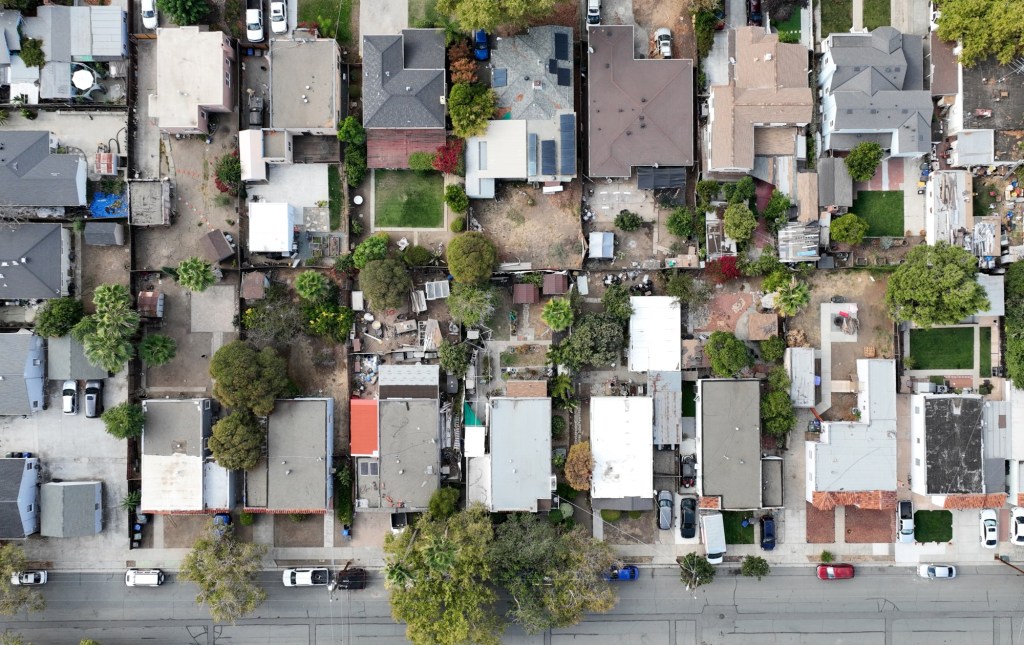
UPDATE: Pittsburg has just launched a groundbreaking $2 million initiative to expand its urban tree canopy, vital for combating extreme heat and improving air quality for its 75,000 residents. This urgent plan is powered by a federal grant from the U.S. Department of Agriculture’s Forest Services, awarded as part of a major push to enhance green spaces in disadvantaged communities.
The city’s first-ever Urban Forest Management Plan aims to increase tree coverage from the current 6% to 10% by 2050, requiring the planting of nearly 30,000 new trees over the next 25 years. This comes as Pittsburg grapples with a significantly lower tree canopy compared to neighboring areas, where cities like Pleasanton boast a canopy cover of 25.3%.
The initiative is particularly critical for neighborhoods that struggle with rising temperatures and poor air quality. A recent analysis by PlanIT Geo revealed that Pittsburg’s tree equity score stands at 67, indicating a significant need for increased tree cover, especially in low-income communities. For comparison, nearby Lafayette scores 99, underscoring an urgent need for action.
Developing: City officials, including administrative analyst Natasha Farmer, stress the importance of this plan for enhancing community well-being. “Our goal is to ensure that all residents have fair access to shade and cleaner air,” Farmer stated. The city is also engaging residents through a survey to gather feedback and ideas to shape the plan further.
As part of its immediate efforts, Pittsburg plans to plant 450 new trees by January 2029, with half designated for underserved areas. So far, approximately 100 trees have been planted this year. Additionally, the city intends to provide trees free of charge to residents in 2027 to encourage local engagement and stewardship.
For residents like Dulce Bernal, who lives near Highway 4 and struggles with her child’s asthma due to year-round air pollution, these developments cannot come soon enough. “I have to keep the air conditioner running all the time,” she expressed. “I spend more on electricity because of this.”
Similarly, Isebel Morales, living without air conditioning, often finds herself seeking refuge in stores during the sweltering summer months. “Maybe if there are more trees, it will be nice to go during afternoons,” Morales said, highlighting the urgent need for more green spaces in her neighborhood.
The city faces challenges, as only 29% of its land is suitable for new tree planting due to impervious surfaces. However, Farmer remains optimistic. “We plan to maximize every available space to ensure our city becomes more climate-resilient,” she said.
Pittsburg’s long-term vision, spanning 40 years, aims not just at increasing tree population but also at updating management practices to ensure the health of existing trees. “Older neighborhoods have suffered from poor planning,” Farmer noted, emphasizing the need for a comprehensive approach to urban forestry.
As Pittsburg moves forward with these ambitious plans, residents are urged to participate actively, providing input and advocating for more tree-planting events beyond the annual initiatives. The community’s involvement will be crucial in transforming Pittsburg into a greener, healthier city for all its residents.
Stay tuned for updates on this critical initiative as Pittsburg takes bold steps toward a more sustainable future.
-
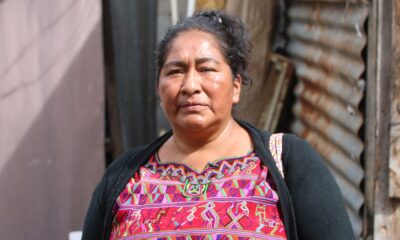
 World5 days ago
World5 days agoExposing the Reality Behind Guatemala’s Garment Industry
-

 Politics5 days ago
Politics5 days agoLB Pharmaceuticals Quiet Period Ends October 21, Analysts Weigh In
-

 Business5 days ago
Business5 days agoRoyal Bank of Canada Upgrades Ovintiv to Outperform Rating
-

 Sports5 days ago
Sports5 days agoSaquon Barkley Reflects on James Franklin’s Dismissal from Penn State
-
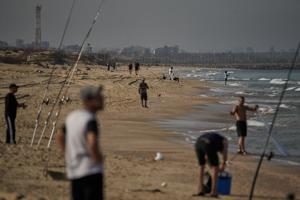
 World6 days ago
World6 days agoHamas to Return Remains of Additional Hostage on Friday
-

 Entertainment5 days ago
Entertainment5 days agoSylvester Stallone’s ‘Alarum’ Surges in Streaming Despite Poor Reviews
-
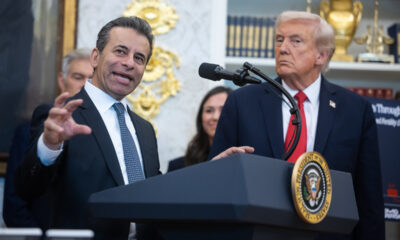
 Health6 days ago
Health6 days agoFDA Announces First Nine Recipients of National Priority Vouchers
-
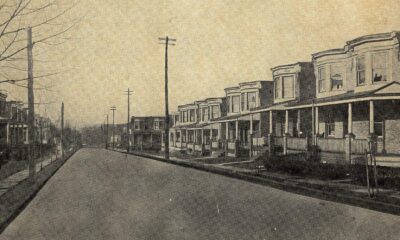
 Lifestyle4 days ago
Lifestyle4 days agoHistorian Seeks Help to Uncover Cherry Street’s Past
-

 Science5 days ago
Science5 days agoMIT Develops 3D Brain Models from Patient Cells for Custom Therapies
-
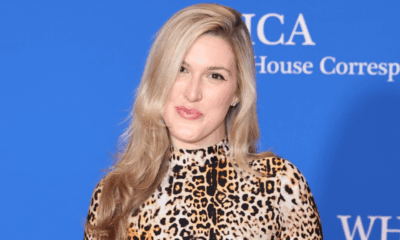
 Entertainment6 days ago
Entertainment6 days agoOlivia Nuzzi’s Memoir Set to Uncover RFK Jr.’s Controversial Texts
-
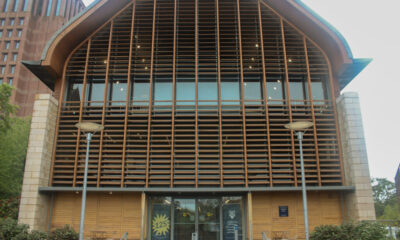
 Science3 days ago
Science3 days agoYale School of the Environment Launches Accelerated Master’s Programs
-

 Lifestyle5 days ago
Lifestyle5 days agoSouth Los Angeles Intersection Renamed to Honor Activist Danny Bakewell Sr.









